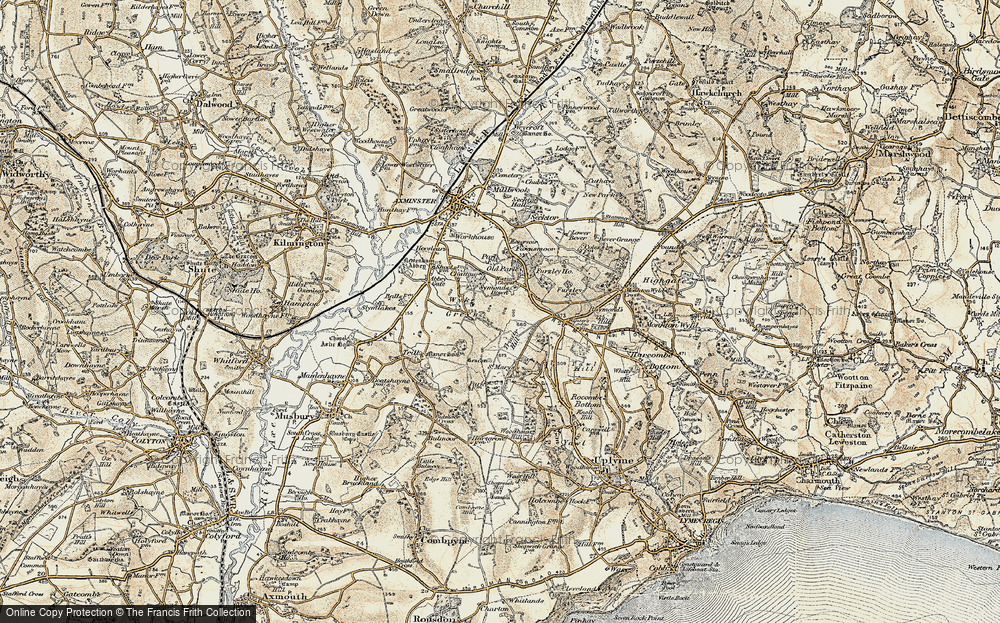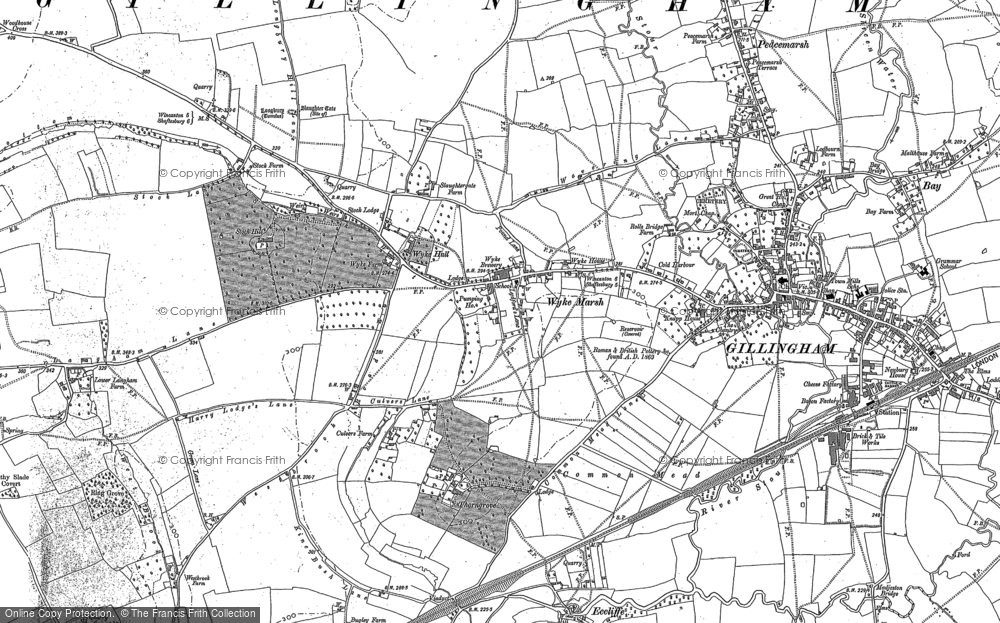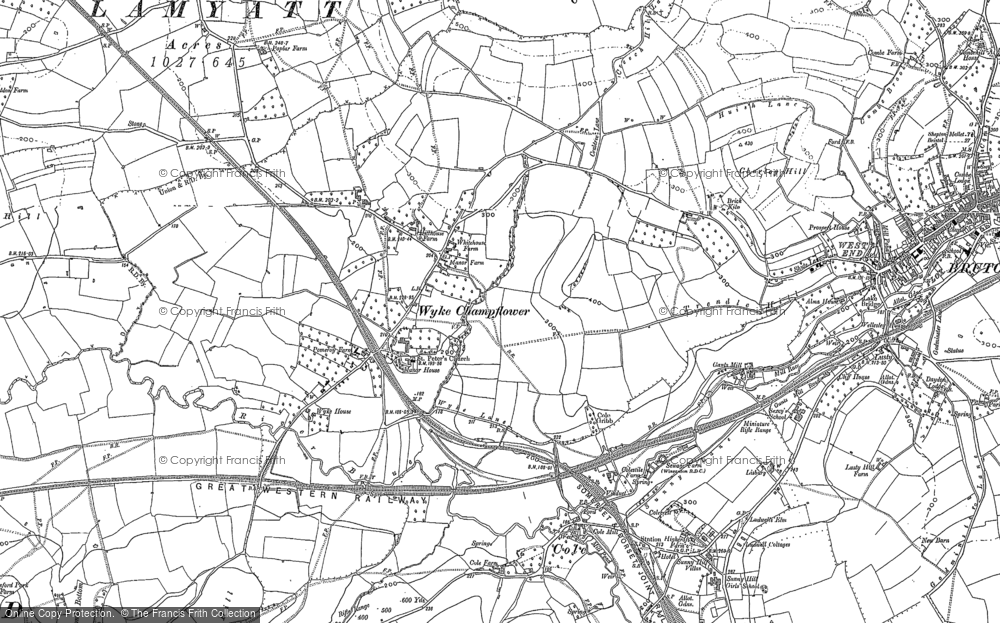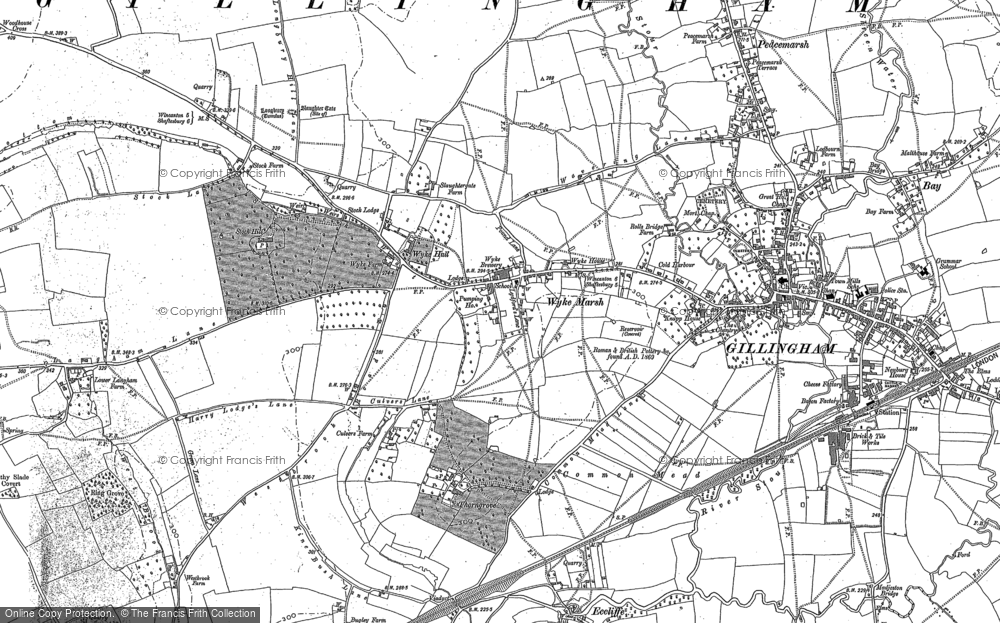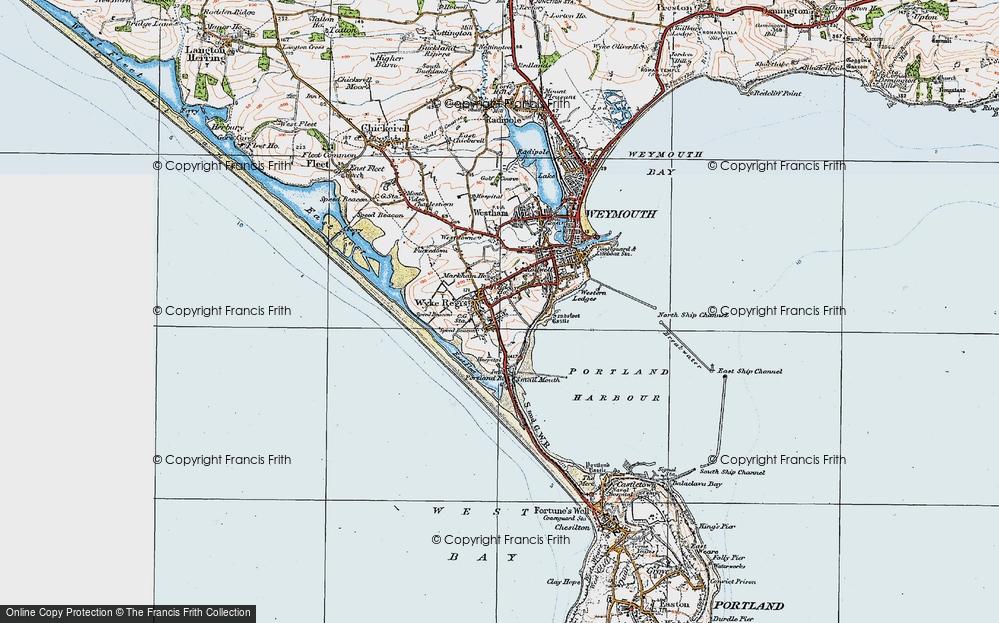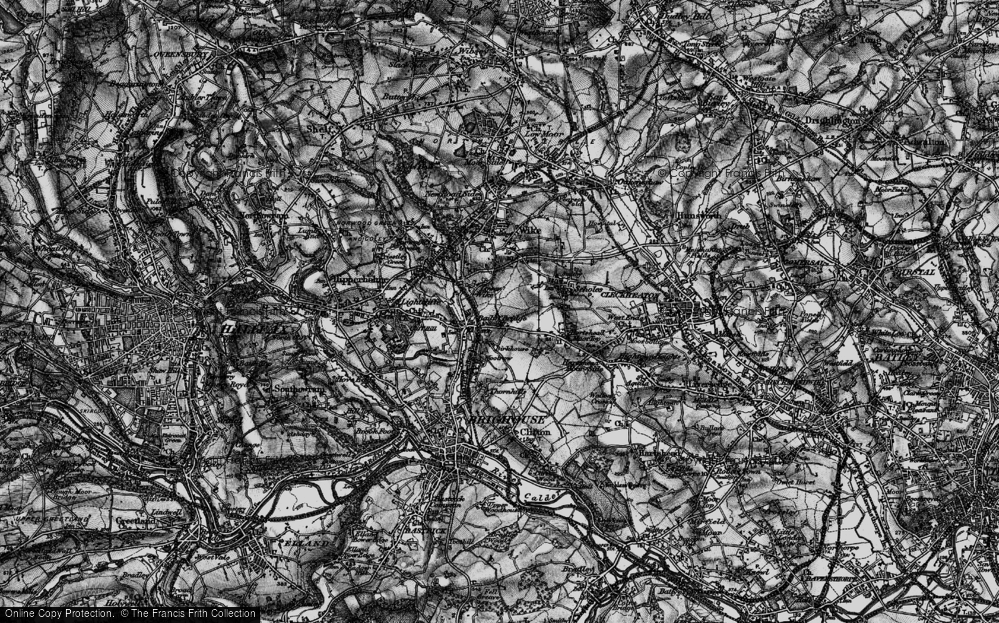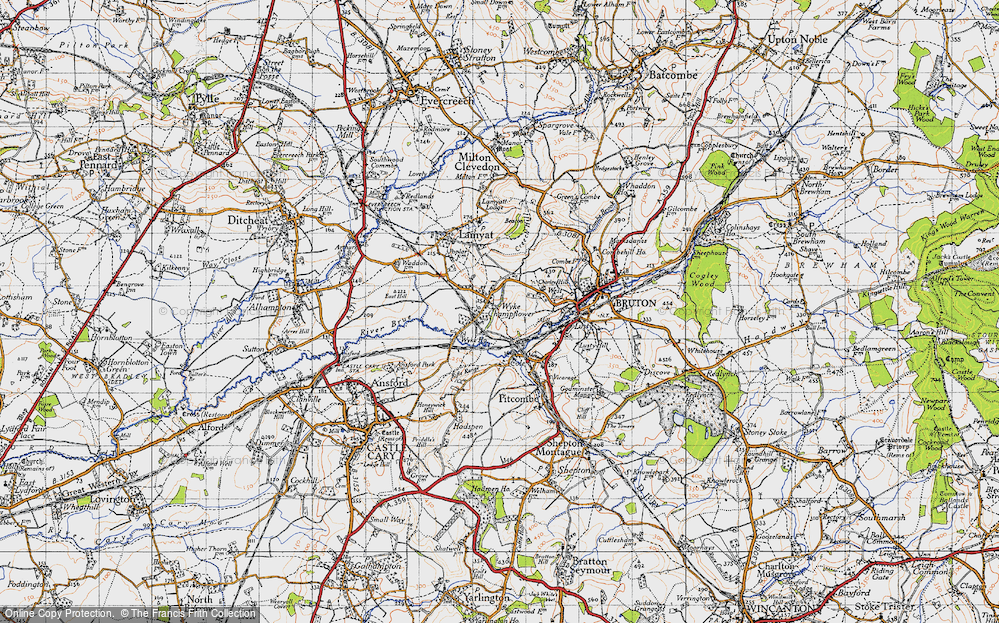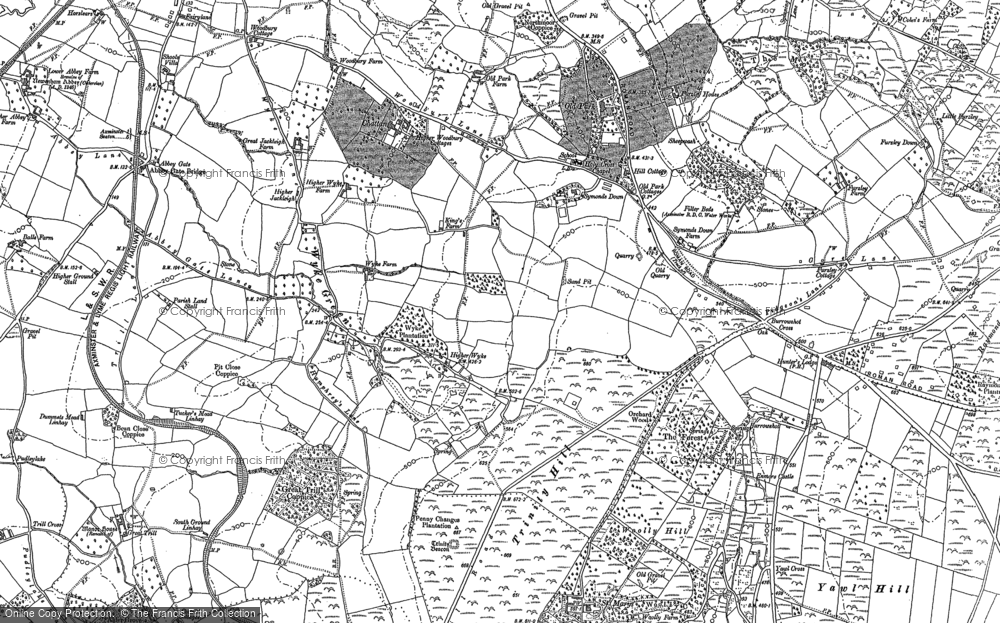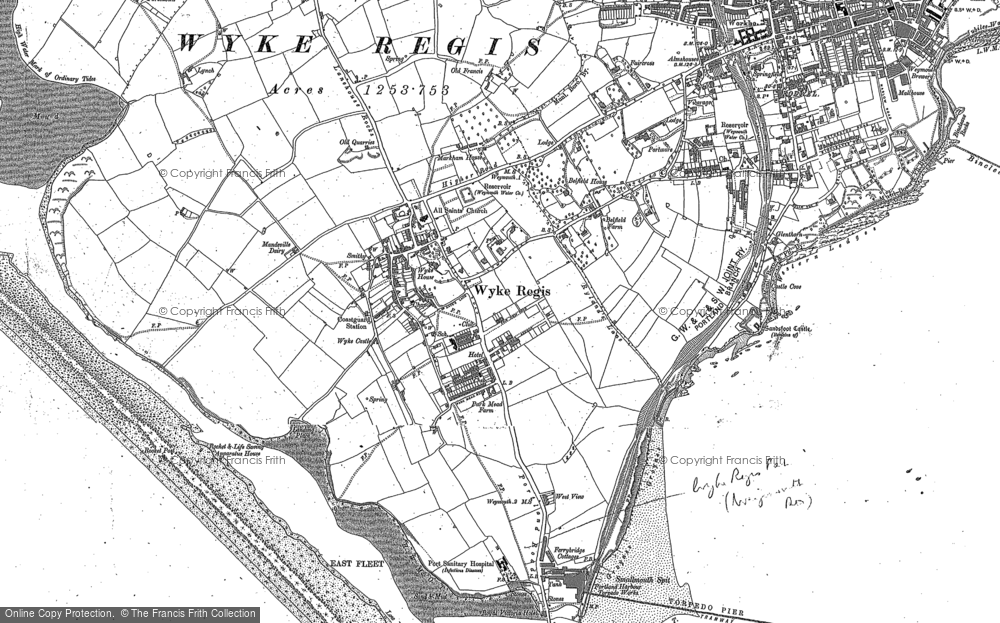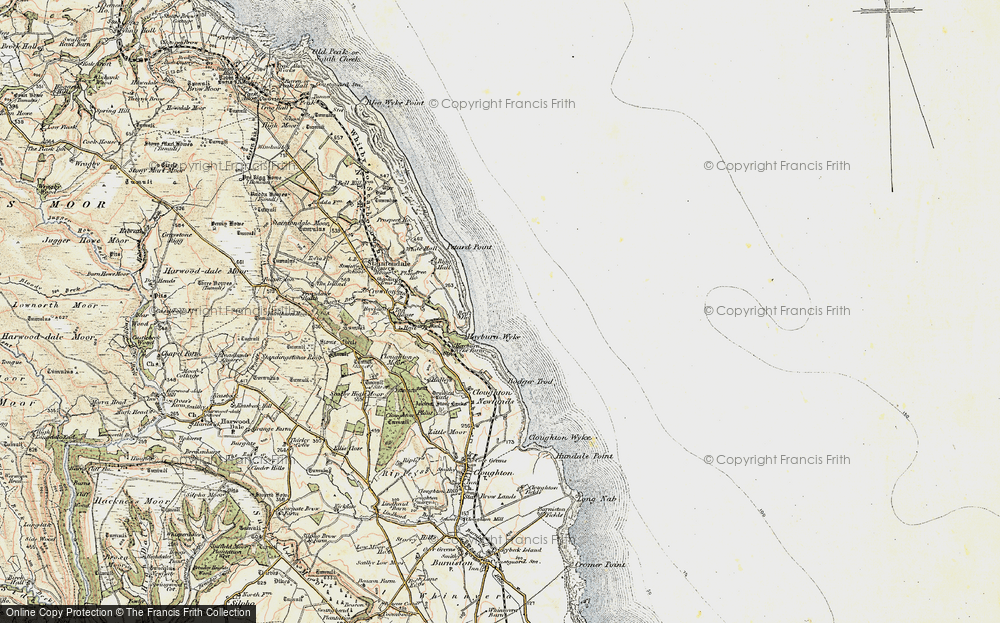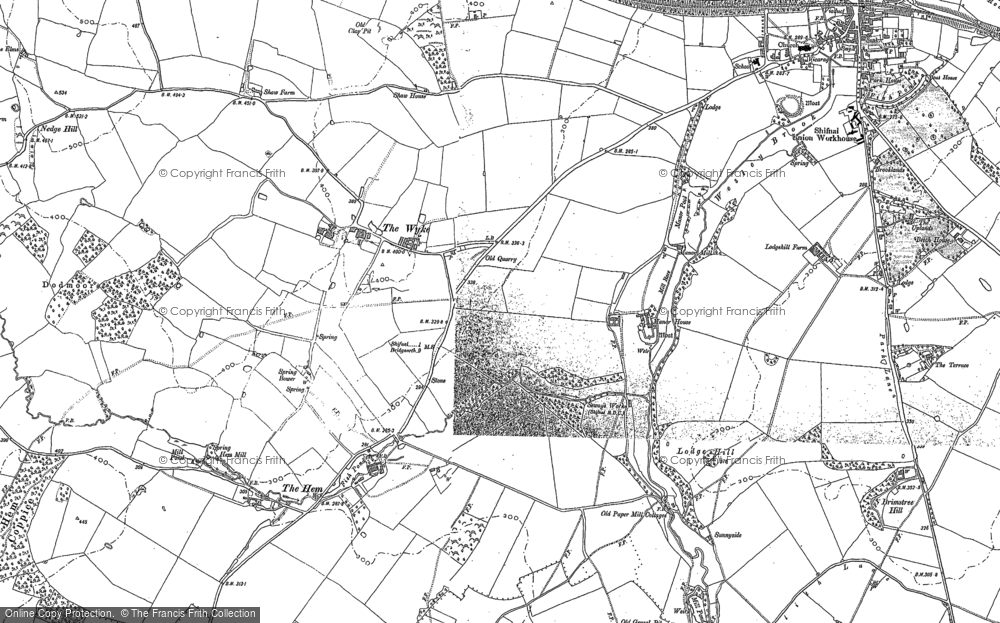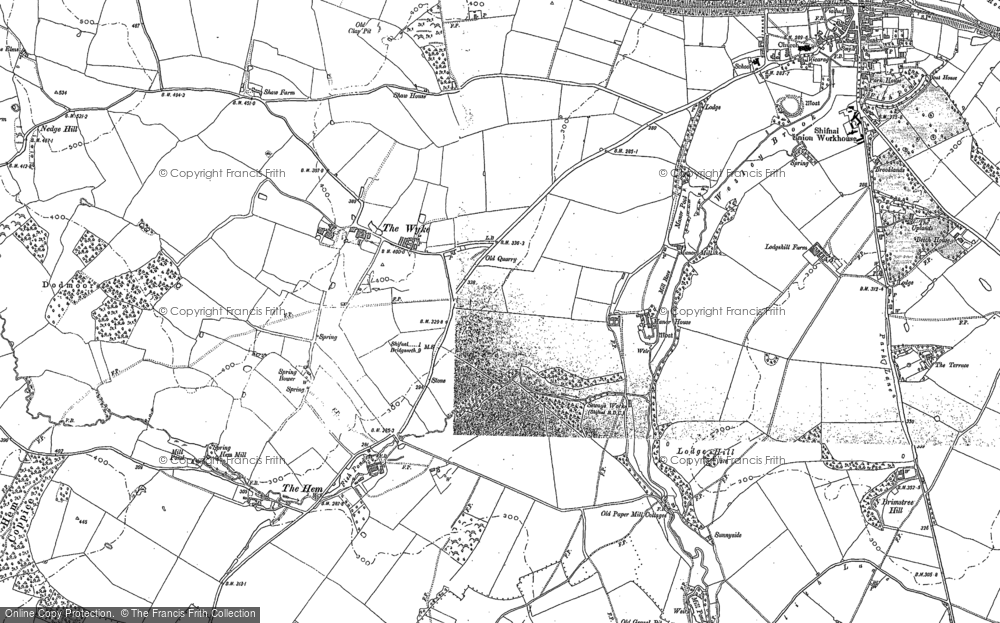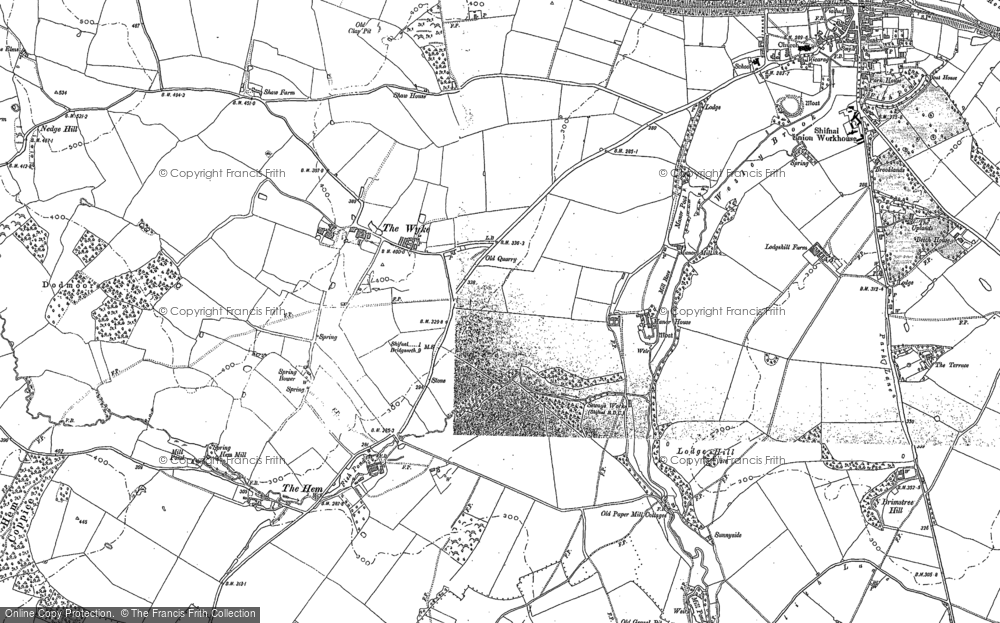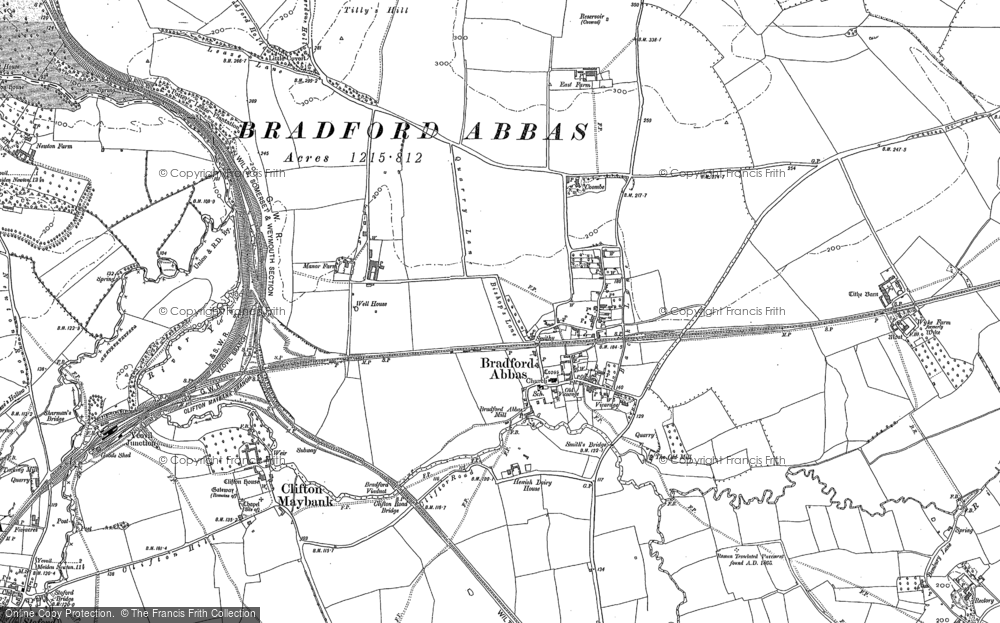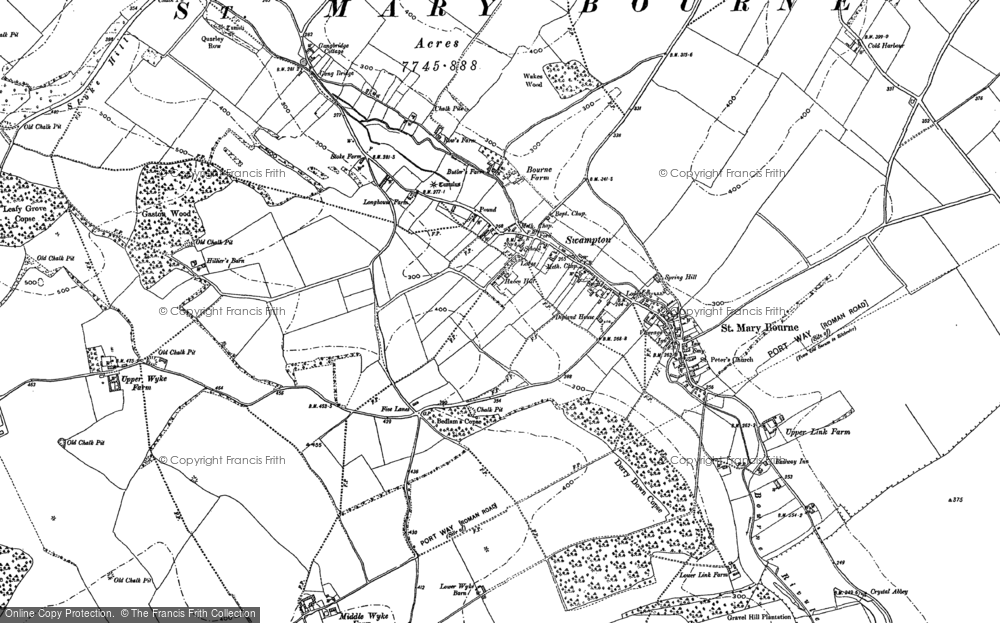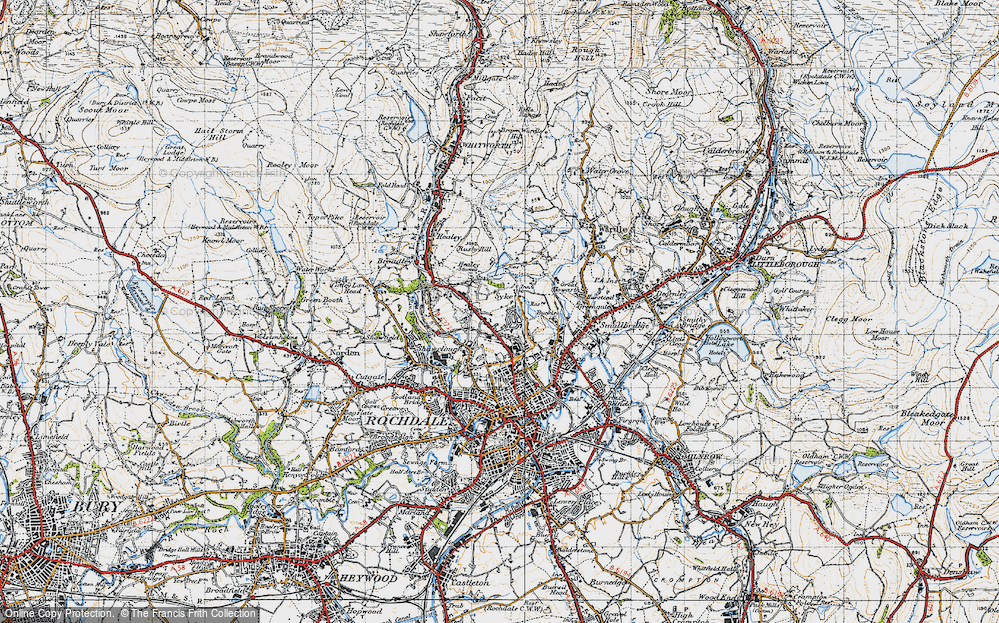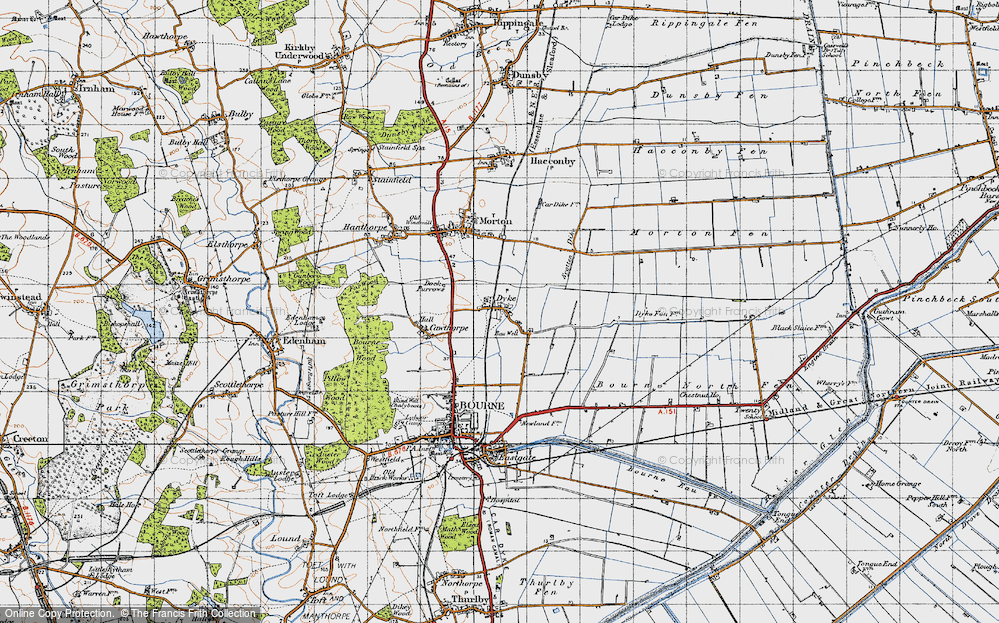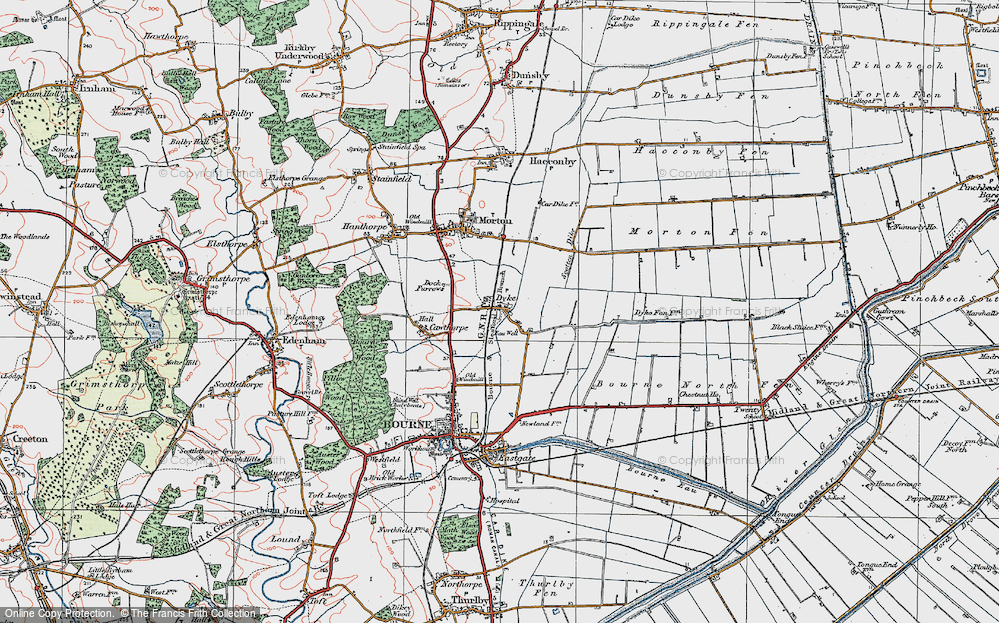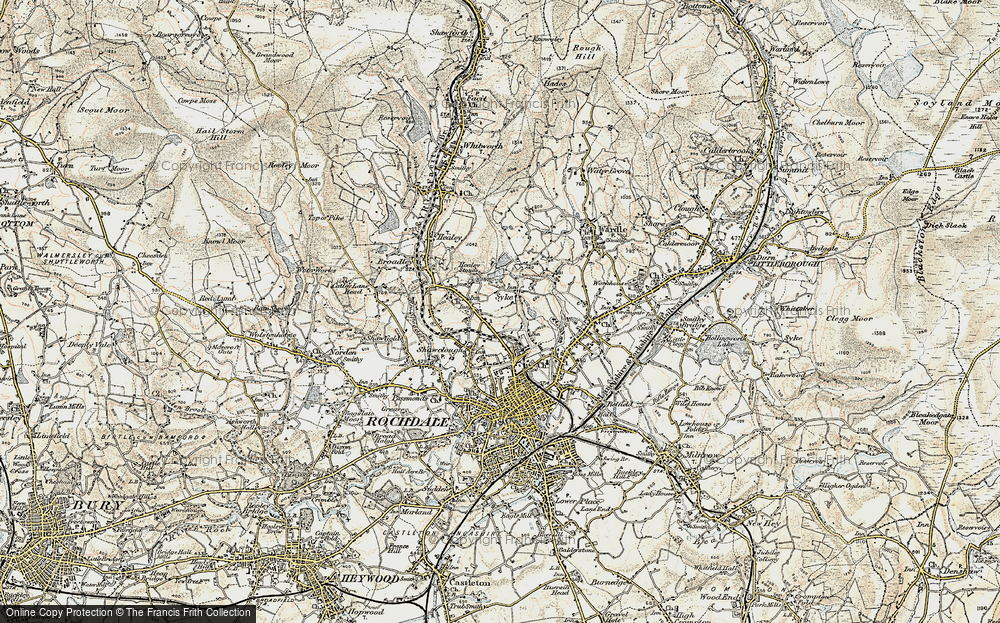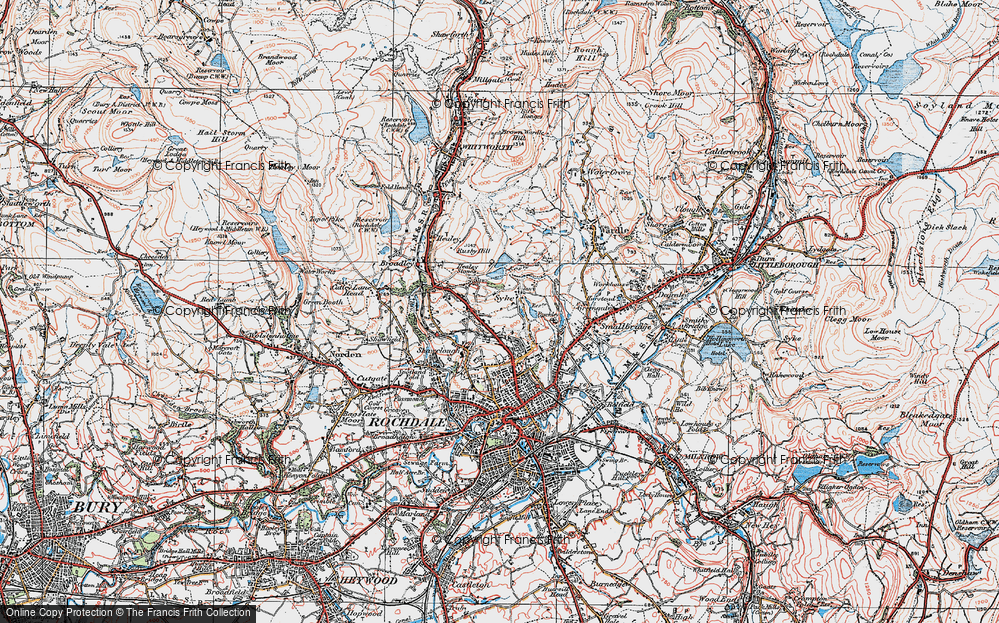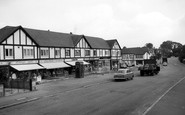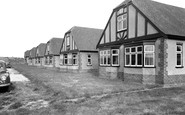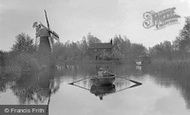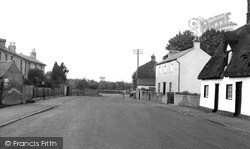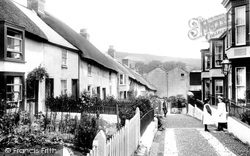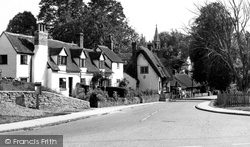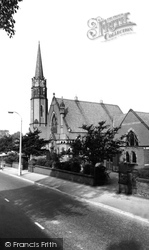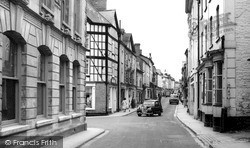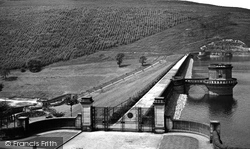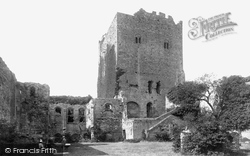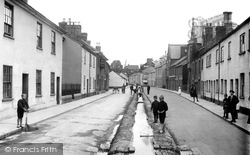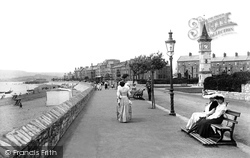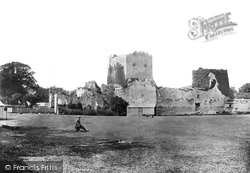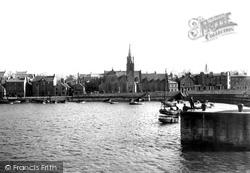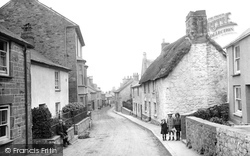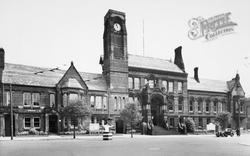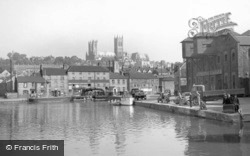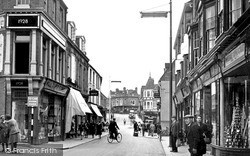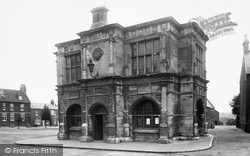Places
10 places found.
Those places high-lighted have photos. All locations may have maps, books and memories.
Photos
33 photos found. Showing results 41 to 33.
Maps
110 maps found.
Books
Sorry, no books were found that related to your search.
Memories
91 memories found. Showing results 21 to 30.
Childhood
I lived in Old Coulsdon for many years, I used to do a paperound for Mr Cook who ran the paper shop on the Brighton road in Old Coulsdon. I spent many my summer holidays exploring Happy Valley and Devils Dyke and I used to be albe ...Read more
A memory of Old Coulsdon by
Belvedere And Little Belvedere
Would anyone remember the above ? My Great Great Grandfather bought a plot of land in Jefferson Lane and obtained a Southern Railway carriage which he made into a holiday home calling it Belvedere after the ...Read more
A memory of St Mary's Bay in 1956 by
Barleyfield
We lived on Fishers Lane, Pensby then moved to Barleyfield Road where my little sister was born in the front bedroom of no 1. We walked down to Greenbank Junior School every day, three little kids holding hands through fields of barley ...Read more
A memory of Pensby in 1967 by
Radio Bungalows In The Early 1970s
Looking on the website makes the hair stand up on the back of my neck, what great memories I have of stopping at the radio bungalows! And being chased by the swans at the nearby dyke on your way up to the ...Read more
A memory of Trusthorpe in 1972 by
My Home For 22 Years
I was born 21st august 1943 at 60 Bellefield Road, a house that is still standing, only a blue brick terraced house with a cold tap and an outside loo. This was quite posh because some people had to share their toilets ...Read more
A memory of Winson Green in 1951 by
Wonderful Childhood
I used to live in Churchfield, my old house is the only one left standing amongst a maze of flats. It was a council house in those days and we shared it with another family, the Caines. I went to Churchfields Primary ...Read more
A memory of South Woodford in 1950 by
Mossknowe House Teackle Mansion In The Us
I live in the State of Maryland in the US and have never been to Scotland, although our family geneology has been traced there. My reason for writing is this house. In my town of Princess ...Read more
A memory of Kirkpatrick-Fleming by
Uncle John
My Grand parents lived in Hunsett Mill House around 1920-1930, Grandad, whilst I never knew him they had the house as a tied cottage as part of his job on the farm. He had to keep the dykes clear, and that was as least part of the ...Read more
A memory of Broads, The by
Growing Up In Moniaive 1954 1969
I was born and brought up in Moniaive, and my mother owned the local hairdresser's salon (JACIE'S) at 3 Ayr Street. I lived with my mother (Janet), sister (Jenny) and maternal grandparents (who also had a house in ...Read more
A memory of Moniaive in 1954 by
Memories Forgotten
My family lived in Woodhouse Eaves for a short while - it was a beautiful town and although I have few memories now, I do remember a local Doctor - Dr. Wykes, who taught me to ride a horse. I often wonder what happened to ...Read more
A memory of Woodhouse Eaves in 1951 by
Captions
137 captions found. Showing results 49 to 72.
The first village settlement was around a huge green beside the Car Dyke, a Roman ditch that connected Cambridge with Peterborough and the north.
This is probably the oldest part of Lyme, being built on land given to Sherborne Abbey in 744 by King Cynewulf, King of Wessex.
This is probably the oldest part of Lyme, being built on land given to Sherborne Abbey in 744 by King Cynewulf, king of Wessex.
Near the porch of the church there is a stone marking the grave of William Dyke, who is reputed to have started the Battle of Waterloo when he accidentally fired his musket.
Here pasturage rights were granted by King John, and in the 19th century political meetings were held here which led to fisticuffs.
However, Offa's Dyke passes right beside the town and so some people have suggested that the king is actually King Offa who reigned some 250 years earlier.
The Ladybower Dam was constructed between 1935 and 1943; it was officially opened by King George VI at these gates on 25 September 1945, just 10 years before this photograph was taken.
Located on a spit overlooking Portsmouth Harbour, the castle was regularly used by kings when visiting Portsmouth. Henry VIII came here with Anne Boleyn.
The Library was opened on 18 July 1934 by King George V and Queen Mary, who also opened the Queensway Mersey Tunnel on the same day.
Two boys are using the drainage dyke to sail their toy yacht. The town was once a significant cloth-producing centre, renowned for its kersey.
Hotels and boarding houses dominated the sea front by King Edward VIII's reign.
A massive control scheme of dykes and sluices was engineered in the 17th century.
Located on a spit overlooking Portsmouth Harbour, the castle was regularly used by kings when visiting Portsmouth. Henry VIII came here with Anne Boleyn.
Founded in 1488 by King James III, this port was for many years a strong centre of Scottish ship building; also, up until the time of our photograph, it experienced a phenomenally
One theory is that it comes from the Cornish for 'Market Jew', the Jews in question having arrived with the Romans or been brought by King John to work local mines.
It almost suffered the fate of its predecessor when, during redecoration for a visit by King George V, fire again broke out in the tower.
The Roman Foss Dyke canal fell out of use during Anglo-Saxon times, but was restored after the Norman Conquest to become one of the main outlets for the great medieval city's wool and lead exports.
with its main street and small shops running down to the large 12th-century Norman church on the left, was the site of a nunnery founded in AD 669 by Domneva, on ten thousand acres of land given to her by King
Mentioned in the Domesday Book and briefly a spa town in the 17th century, Wellingborough was granted market rights by King John in 1201. Cromwell stayed here en route to Naseby during the Civil War.
It has been used by King's School since 1560 but was originally the monastic refectory.
However, Offa's Dyke passes right beside the town and so some people have suggested that the king is actually King Offa who reigned some 250 years earlier.
Portchester is one of the largest of the 'Saxon shore' forts, and it was regularly used by kings when they visited Portsmouth.
The Roman Foss Dyke canal fell out of use during Anglo-Saxon times, but was restored after the Norman Conquest to become one of the main outlets for the great medieval city’s wool and lead exports.
A market charter was granted by King John in 1204. The Market Hall in the town centre was designed by William Grumbald. Work began in 1577, but the building remained unfinished until 1895.
Places (10)
Photos (33)
Memories (91)
Books (0)
Maps (110)


